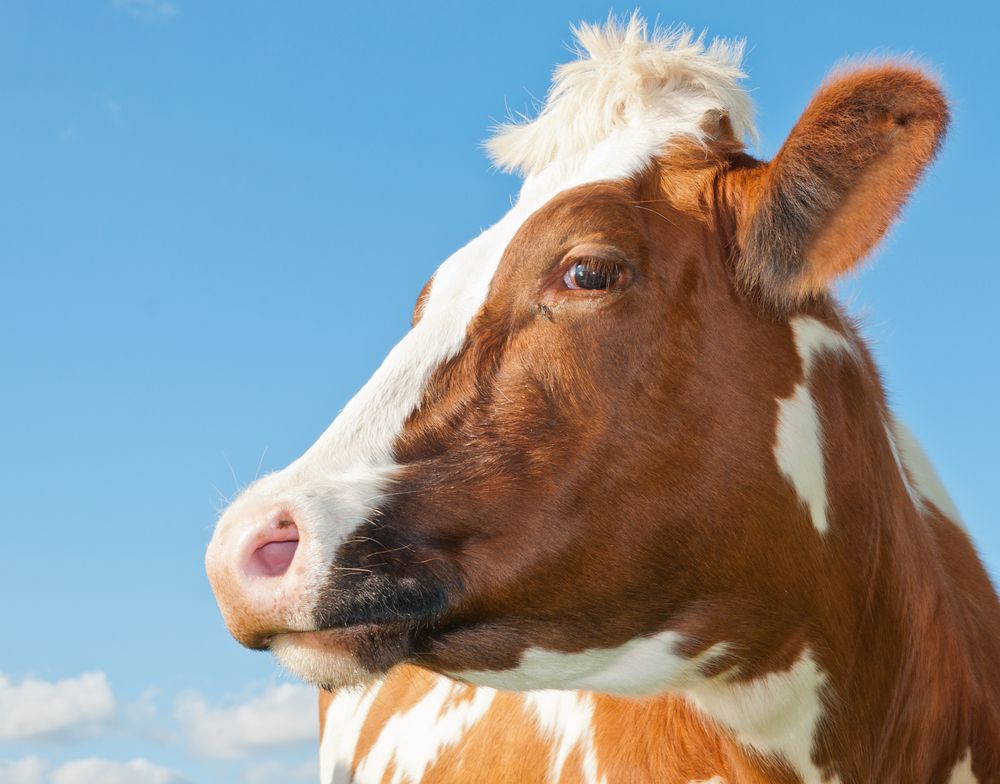Pink Eye Medicine For Cattle

Cattle pink eye is different from human pink eye which although usually infectious is not highly contagious.
Pink eye medicine for cattle. Pink eye in cattle medically known as infectious bovine keratoconjunctivitis is a contagious bacterial infection of the eye. Pinkeye also known as infectious bovine keratoconjunctivitis ibk is one of the most common diseases of beef cattle. If that tissue is damaged a new network of blood vessels grows into the damaged area of the eye to carry out repairs. Ths makes the eye appear pink.
Pink eye in cattle also looks clinically different and is usually much more severe than the disease in humans. Pinkeye is a painful cattle disease that can cause reductions in weaning weights of as much as 17 65 lbs animal. Learn more about the home remedies and treatment for viral bacterial and allergic pinkeye. It is a highly contagious disease causing inflammation of the cornea the clear outer layer and conjunctiva the pink membrane lining the eyelids of the eye.
Therefore the pink of pinkeye is not a symptom of the disease but instead an indication of healing. Treatment at this phase before the eye becomes cloudy and blue will give very encouraging results. Giving the infected cattle a treatment from a long acting tetracycline such as bio mycin 200 or la200 will be very effective at this stage. This is because the ulcer will likely extend completely through the cornea resulting in the iris protruding through the ulcer.
Cattle tend to hold the affected eye closed. Pinkeye doesn t always need medical treatment. Pink eye also called conjunctivitis is a infection of the eye s conjunctiva usually caused by a bacteria or virus that results in red itchy painful eyes. Learn more about the symptoms.
Face flies play an important role in the spread of pinkeye as the irritated eye produces excessive tearing that attracts the pests. Treating cattle with pinkeye early enough is important in preventing spread. Once pinkeye begins to spread through a herd it s very difficult to contain and control. According to the cattle site a division of the mississippi state university extension service recognizing and treating pinkeye early is the best thing that farmers can do.
Stage four is the most extreme pink eye stage and in this stage many vet professionals recommend removing the infected eye due to risk factors for the affected animal and the cattle herd. Depending on what stage the signs are will determine what treatment you will need to do with.















































